A fter finishing one week of intensive work doing photo assignments in Siem Reap, Angkor Photo Workshop participants headed to Cambodia’s capital, Phnom Penh. From our base of operations at the FCC (Foreign Correspondent’s Club), we explored Phnom Penh, Cambodia’s capital city. Phnom Penh is the largest city of Cambodia. Located on the banks of the Tonlé Sap and Mekong River, Phnom Penh has been the national capital since French colonization of Cambodia, and has grown to become the nation’s center of economic and industrial activities. In the last few years Phnom Penh has experienced tremendous growth and modernization.
Once known as the “Pearl of Asia,” it was considered one of the loveliest French-built cities in Indochina. Founded in 1434, the city is noted for its beautiful and historical architecture and attractions. There are a number of surviving French colonial buildings scattered along the grand boulevards.
Phnom Penh metropolitan area is home to about 2.2 million. We spent three nights here exploring and photographing street life as well as reminders of the Pol Pot years, including S21 Prison and the Killing Fields of Choeung Ek.
In Phnom Penh, a part of the workshop, we do what I like to call, the “Heart of Darkness walk”. The annual Heart of Darkness walk. It’s a late-evening photo shoot during which we explore the side streets and back alleys of the night life district of Phnom Penh. We start our walk at the infamous Heart of Darkness Bar, which in recent years has been gentrified and is now quite respectable establishment, (although they do still “pat down” patrons to check for weapons before letting you in) and finally finish our walk at around 1:30 am, on a dimly lit street corner where many cyclo-drivers sleep.
After our time in Phnom Penh, we traveled to Battambang, Cambodia’s second largest city and the capital city of Battambang province in northwestern Cambodia. Founded in the 11th century by the Khmer Empire, Battambang is well known for being the leading rice-producing province of the country.
‘Dambang’ means ‘stick’, and ‘bat’ means ‘to lose’ – so, translated literally, Battambang means “town of the lost stick”. The name comes from a legend of a peasant farmer who found a stick with magical powers. With the stick, the man could control his cows just by throwing it at them. With this magic stick the peasant eventually became a king. Anticipating his days of rule were coming to an end, the peasant turned king, threw away his magic stick and ran away. The stick was lost, but is said to have landed somewhere along the riverbank of the O’Dambong River, near to where the city known as Battambang is now located.
Battambang sees only a fraction of the tourists that Siem Reap receives, and thus retains the feel of “real Cambodia”. Backpackers know Battambang as the place where one can ride the “Bamboo Train”, an innovative way that local people devised to use the railway for transportation. I’ll be posting shots of the bamboo train in my next blog post, so please stay tuned. For now, I’ll share just 28 images from Phonm Penh and Battambang.
Hope to see you on next year’s Angkor Photo Workshop.
Enjoy,
Karl
Darrell’s graffiti wall
The white building
S21 survivor, Chum Mey
no comment….
Bar employee with whom we did a short interview about night life in Phnom Penh
Ladyboys pause for a photo
Central market built in 1937
Phnom Penh’s Central market was lovingly restored in 2011
Cyclo ride, as part of our architectural tour
Battambang’s main market
Wat Ek Phnom
Bamboo Train
Free ice cream for all the kids, courtesy of JCPT
A local monk, children and several adults ride the bamboo train


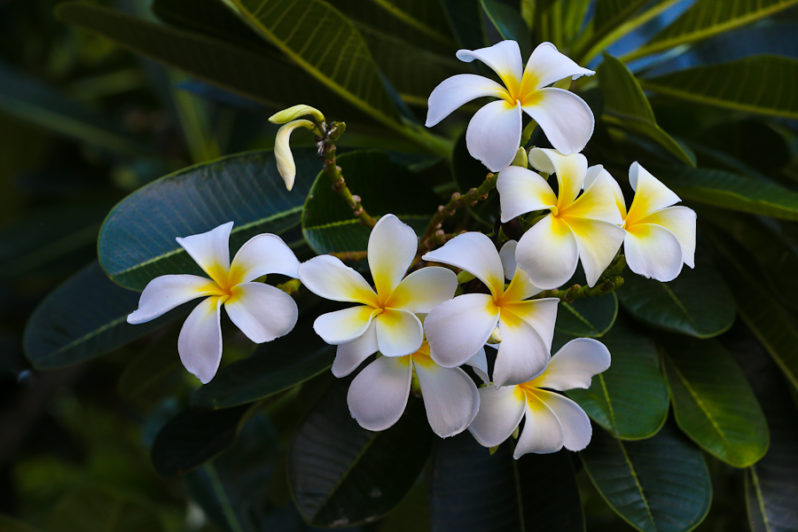



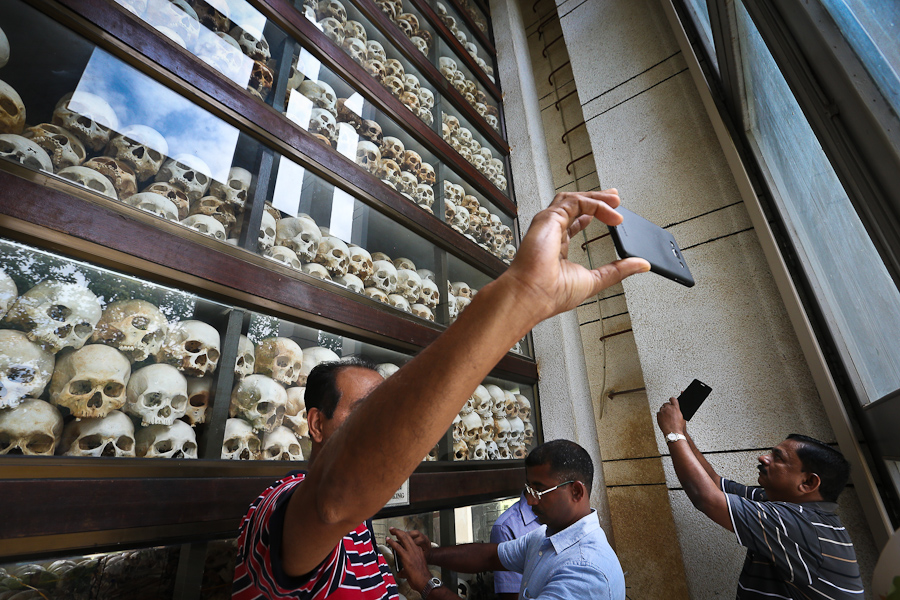
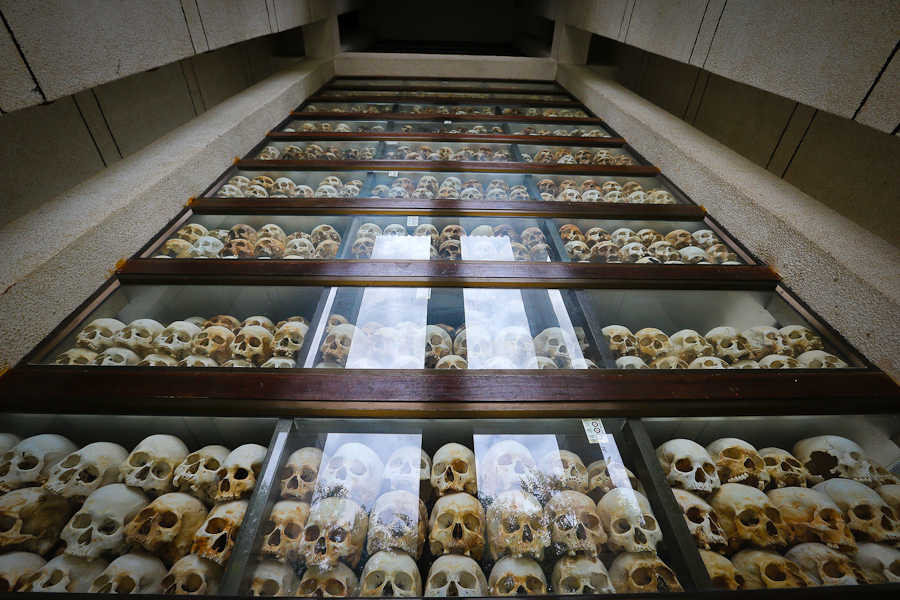
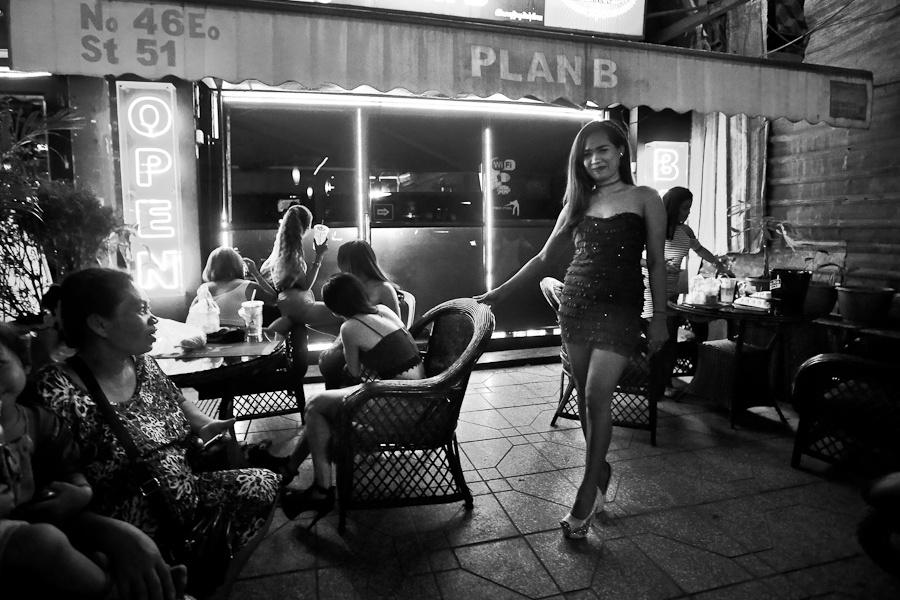


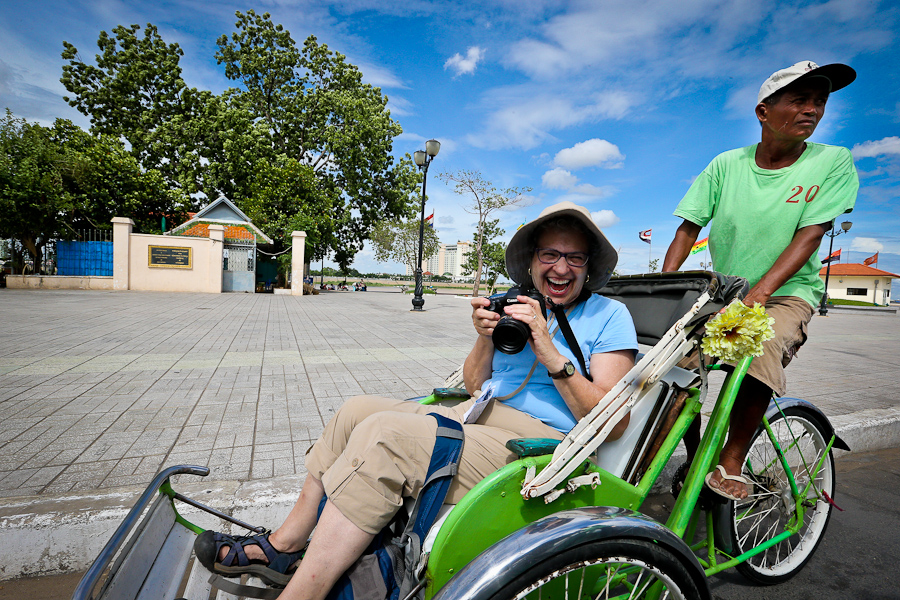

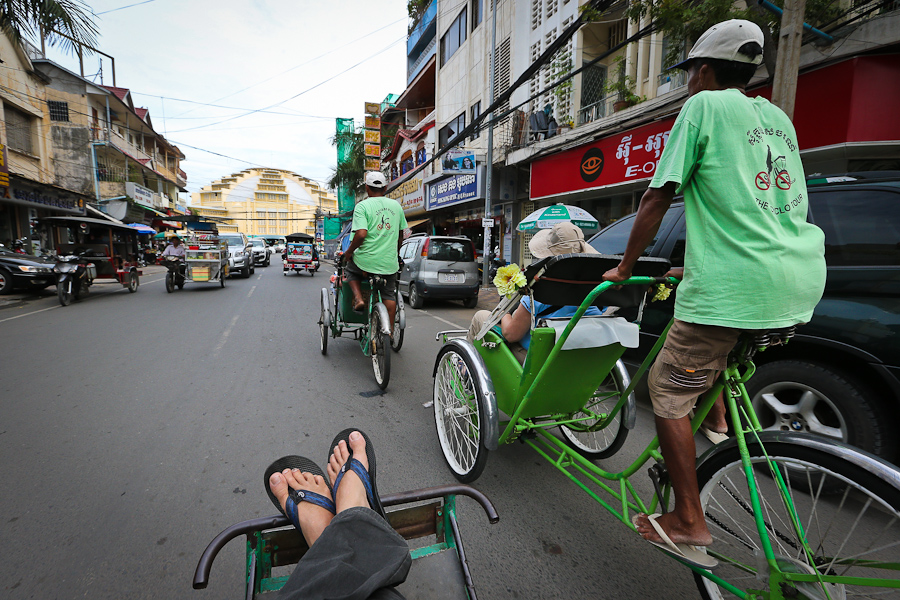
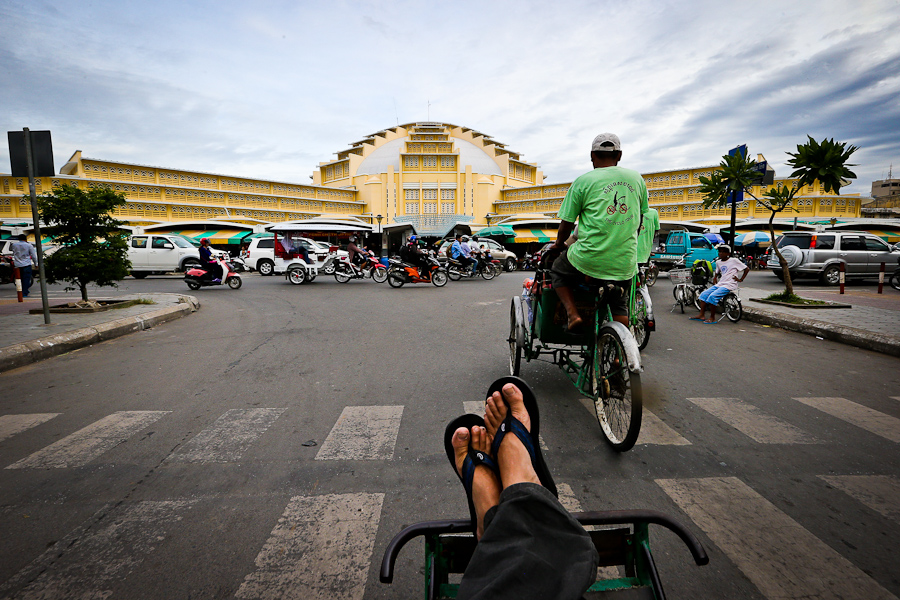

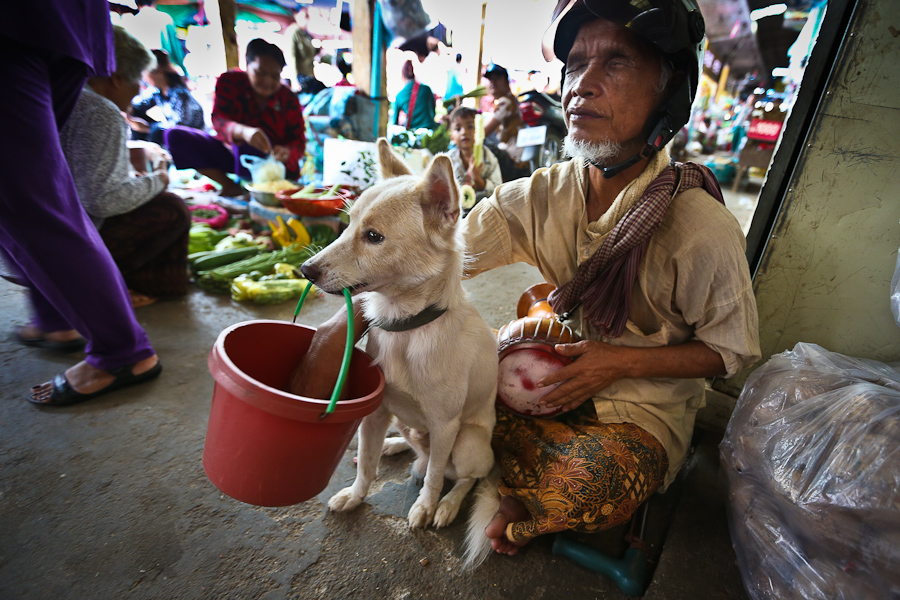
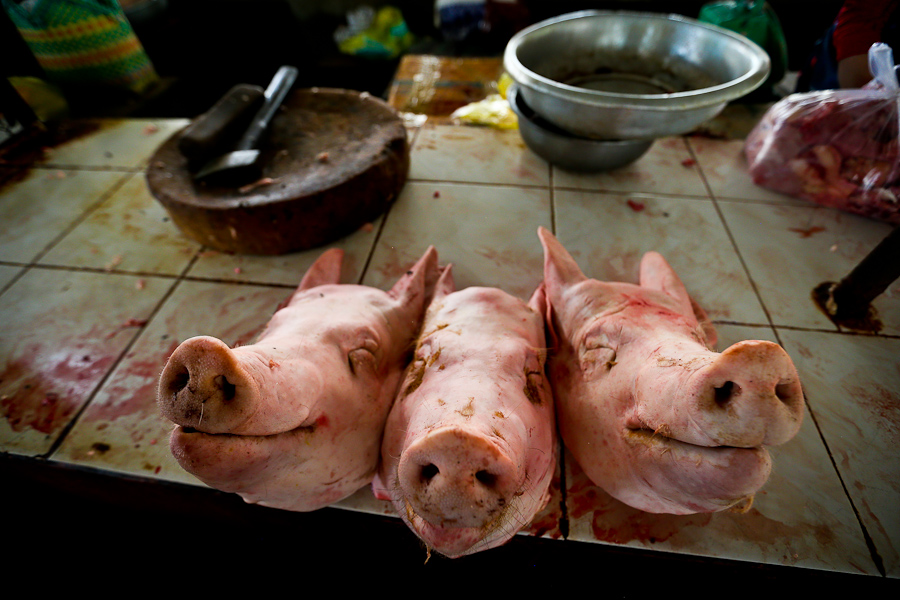


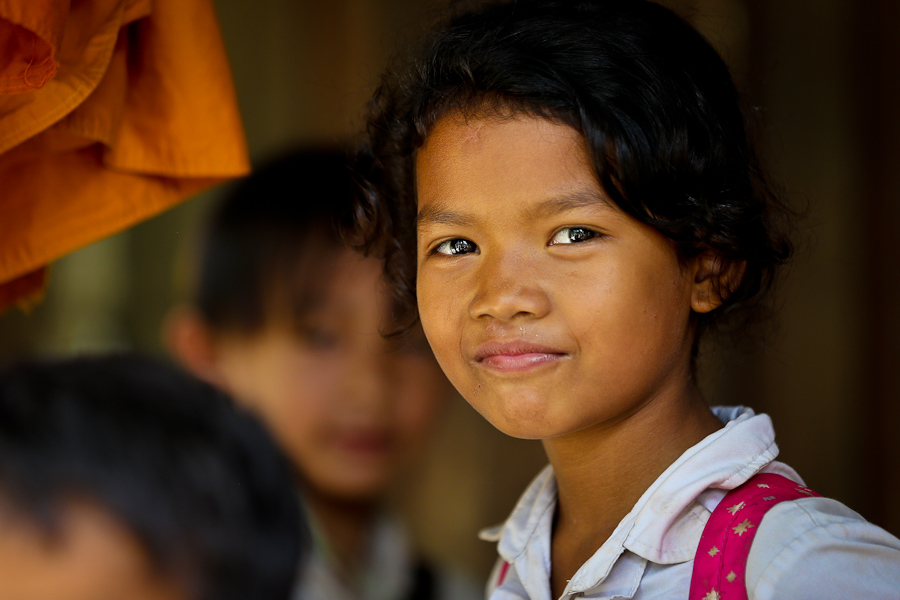

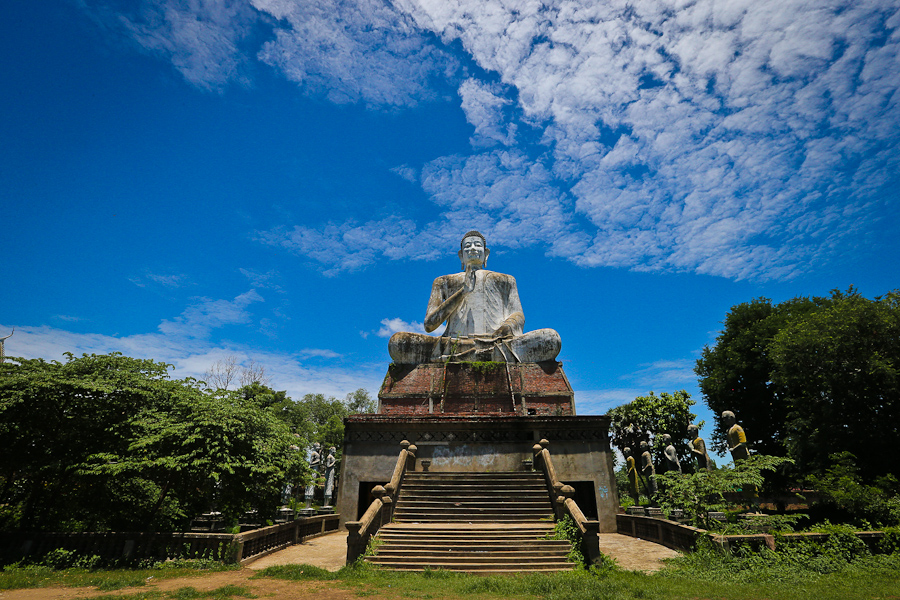


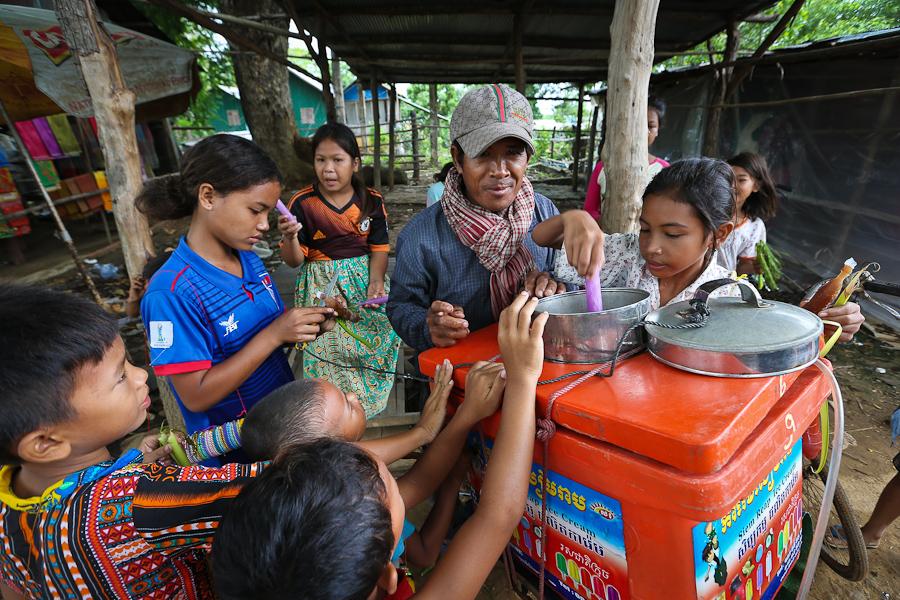










Nice post, Karl!
I recognized a pair of familiar flip flops in several of these photos. ☺️ Wonderful stories as usual.